Home>Garden Essentials>When To Plant Pachysandra Ground Cover
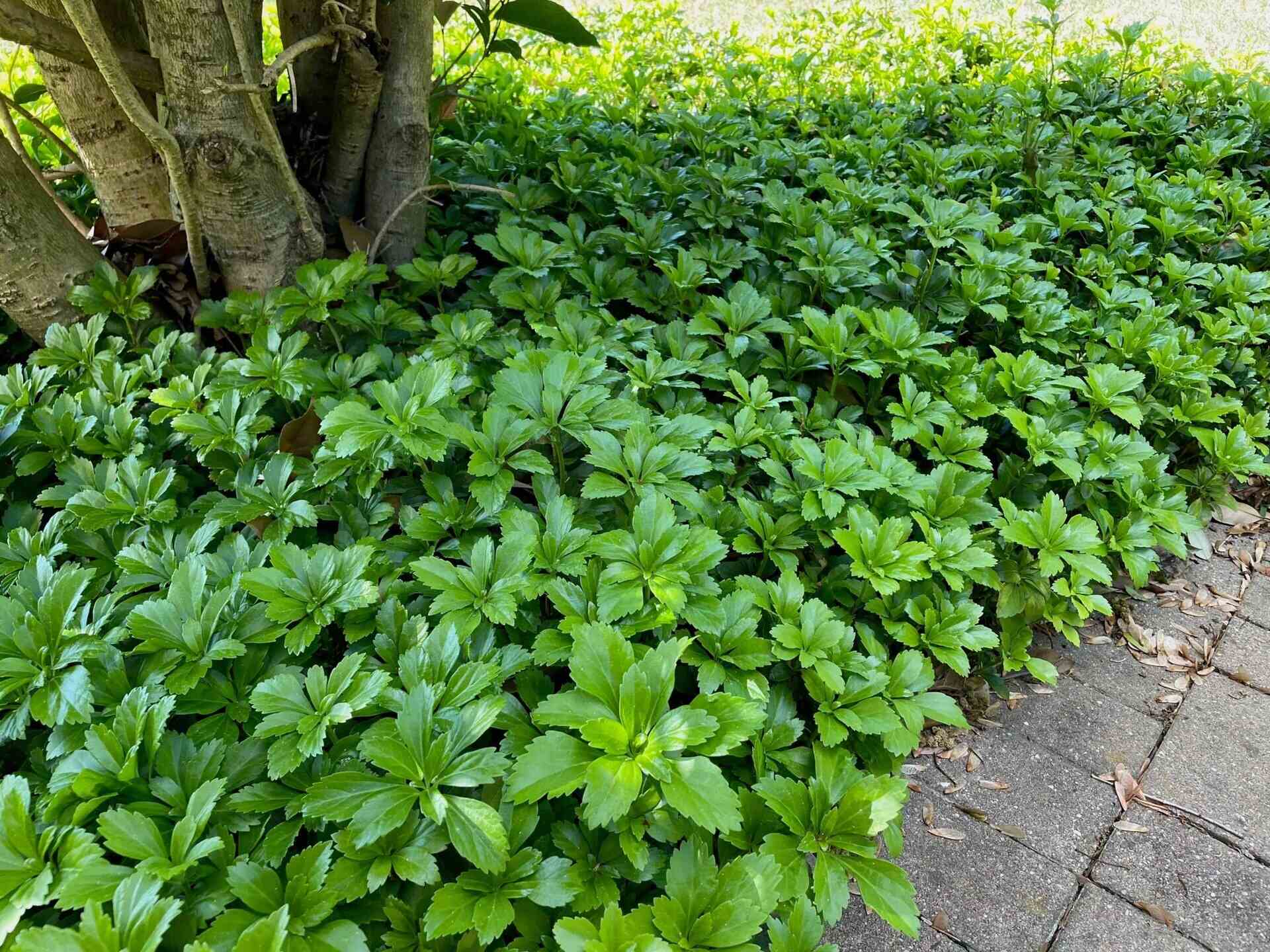

Garden Essentials
When To Plant Pachysandra Ground Cover
Modified: March 7, 2024
Discover the best time to plant pachysandra ground cover in your garden and create a lush and beautiful landscape. Expert tips and advice on gardening with pachysandra.
(Many of the links in this article redirect to a specific reviewed product. Your purchase of these products through affiliate links helps to generate commission for Storables.com, at no extra cost. Learn more)
Introduction
Welcome to the world of beautiful gardens! If you’re looking for a wonderful ground cover option, pachysandra is definitely worth considering. Pachysandra is an evergreen perennial that spreads through creeping stems, forming a low-growing carpet of lush green foliage. It is not only visually appealing but also serves practical purposes such as weed suppression and erosion control.
In this article, we’ll explore when to plant pachysandra ground cover and provide you with all the information you need to ensure its successful growth and establishment in your garden. From climate and temperature requirements to soil conditions and planting tips, we’ve got you covered.
So, let’s roll up our sleeves and dive right in!
Key Takeaways:
- Pachysandra ground cover thrives in partial to full shade, making it a versatile and visually appealing option for gardens. Understanding its climate, soil, and planting needs is key to successful growth.
- Proper care, including watering, mulching, and regular maintenance, is essential for the health and vibrancy of pachysandra ground cover. With attention to detail and creativity, it can create a lush and beautiful landscape.
Read more: When To Plant Ground Cover Plants
Factors to Consider
Before diving into the details of when to plant pachysandra ground cover, it’s important to consider a few factors that can significantly impact its growth and success in your garden. By taking these factors into account, you can ensure ideal growing conditions for your pachysandra.
Here are some key factors to consider:
- Climate and Temperature Requirements: Pachysandra is native to the eastern regions of Asia and North America. It thrives in temperate climates with moderate temperatures. Understanding the climate and temperature conditions in your area will help you determine if pachysandra is suitable for your garden.
- Soil Conditions: Pachysandra prefers well-draining soil that is rich in organic matter. It can tolerate a variety of soil types, including clay and loam, but it thrives in soil that is slightly acidic to neutral. Conduct a soil test to determine the pH level and make necessary amendments to create an optimal growing environment.
- Sunlight and Shade: Pachysandra performs best in partial shade to full shade. While it tolerates some sun exposure, it may struggle in hot, direct sunlight. Assess the light conditions in your garden to identify the best areas to plant pachysandra.
- Planting Time: Choosing the right time to plant pachysandra is crucial for its establishment and growth. Spring and fall are the ideal seasons for planting, as they provide moderate temperatures and ample moisture for root development.
By considering these factors, you can create optimal growing conditions for your pachysandra ground cover. Let’s now explore the best planting times for pachysandra in more detail.
Climate and Temperature Requirements
Pachysandra is a hardy ground cover option that can adapt to a wide range of climates. However, understanding its specific climate and temperature requirements will help ensure its successful growth and longevity in your garden.
Pachysandra thrives in temperate climates and can survive in USDA hardiness zones 4 to 9. It can tolerate cold winters and hot summers, making it a versatile choice for many regions.
When it comes to temperature, pachysandra performs best in moderate ranges. It can tolerate temperatures as low as -20°F (-29°C) during winters and temperatures as high as 90°F (32°C) during summers. However, prolonged exposure to extreme heat or cold can stress the plants and affect their overall health.
During periods of extreme heat, it’s essential to provide pachysandra with sufficient water to prevent wilting. Additionally, protecting the plants from direct afternoon sun can help mitigate the risk of heat stress.
In colder regions, pachysandra may experience some winter damage. However, it has the ability to bounce back in spring, thanks to its vigorous growth habit.
As with any plant, it’s important to be mindful of your specific climate conditions. If you live in an area with harsh winters or scorching summers, you might need to take extra precautions to protect your pachysandra. This can include using mulch to insulate the roots during winter or providing shade during the hottest parts of summer.
By considering the climate and temperature requirements of pachysandra, you can ensure that it thrives in your garden for years to come. Next, let’s explore the soil conditions that are ideal for pachysandra growth.
Soil Conditions
The right soil conditions are crucial for the successful growth and establishment of pachysandra ground cover. Pachysandra thrives in well-draining soil that is rich in organic matter. Here are some key considerations for creating optimal soil conditions for pachysandra:
Drainage: Pachysandra prefers soil that drains well and doesn’t become waterlogged. Poor drainage can lead to root rot or other water-related issues that can harm the plants. If you have heavy clay soil or soil that tends to retain water, consider adding amendments such as organic compost or sand to improve drainage.
Soil pH: Pachysandra prefers slightly acidic to neutral soil, with a pH range of 5.5 to 7.0. Conduct a soil test to determine the pH level of your soil. If the pH is too high (alkaline), you can lower it by adding organic matter like peat moss or sulfur. Conversely, if the pH is too low (acidic), you can raise it by adding lime.
Organic Matter Content: Pachysandra thrives in soil that is rich in organic matter. Adding compost, well-rotted manure, or other organic materials to the soil before planting will help improve its structure, fertility, and moisture-holding capacity. This will provide a nutrient-rich environment for the pachysandra plants.
Soil Texture: Pachysandra can grow in a range of soil textures, including clay, loam, and sandy soil. However, loamy soil, which is a balanced mixture of sand, silt, and clay, is ideal as it offers good drainage while retaining sufficient moisture and nutrients.
Before planting pachysandra, make sure to prepare the soil properly by removing any weeds, rocks, or debris. Loosen the soil to a depth of at least 8-12 inches and incorporate organic matter to improve its overall quality. This will provide a favorable growing environment for your pachysandra plants.
Now that we’ve covered soil conditions, let’s move on to discussing the importance of sunlight and shade for pachysandra.
Sunlight and Shade
Pachysandra is well-suited for areas in your garden that receive partial shade to full shade. While it can tolerate some sun exposure, it generally thrives in shaded conditions. Here’s why understanding sunlight and shade requirements is crucial for successful pachysandra growth:
Partial Shade: Pachysandra performs exceptionally well in areas with partial shade. Partial shade refers to locations that receive filtered sunlight for a portion of the day, such as under the canopy of trees or near structures that provide some shade. Areas with dappled sunlight or where sunlight is blocked by tall shrubs can also be suitable. In partial shade, pachysandra retains its vibrant green color and maintains its dense foliage.
Full Shade: Pachysandra is also well-adapted to full shade conditions. Full shade refers to areas that receive minimal to no direct sunlight throughout the day. This could be under dense tree canopies, on the north side of buildings, or in areas surrounded by tall structures or structures that block sunlight. In full shade, pachysandra may grow more slowly compared to partial shade but will still provide an attractive ground cover option.
It’s important to note that while pachysandra can tolerate some sun exposure, it may struggle in areas with intense, direct sunlight, especially in hot climates. Prolonged exposure to direct sunlight can lead to leaf scorching or browning. If you plan to plant pachysandra in a sunnier location, ensure that the soil remains consistently moist, and provide some afternoon shade to protect the plants during the hottest parts of the day.
Understanding the lighting conditions in your garden will help you select the most suitable areas for planting pachysandra. Whether it’s partial shade or full shade, pachysandra will thrive and provide you with a beautiful, lush carpet of green.
Now that we’ve covered sunlight and shade requirements, let’s move on to discussing the best times for planting pachysandra ground cover.
Read more: When To Plant Ground Cover In Texas
Planting Time
Choosing the right time to plant pachysandra is crucial for its successful establishment and growth in your garden. Spring and fall are the ideal seasons for planting this ground cover, as they provide favorable conditions for root development and overall plant health.
Spring Planting: Planting pachysandra in spring, typically between March and May, is a popular choice for many gardeners. The soil is beginning to warm up, and moisture levels are usually adequate. This allows the plants to establish their roots and take advantage of the growing season ahead. Spring planting allows the pachysandra to become well-established before the heat of summer arrives.
When planting in spring, it’s essential to wait until the soil is workable and not overly wet. Avoid planting during periods of heavy rainfall when the soil becomes saturated. This can lead to poor drainage and root rot. Choose a day when the soil is moist but not waterlogged, and the weather forecast does not indicate heavy rain in the immediate future.
Fall Planting: Fall, typically between September and early November, is another optimal time for planting pachysandra. The weather is cooler, which reduces stress on the plants, and the soil is still warm enough for root establishment. Fall planting allows the pachysandra to put down roots and establish strong growth before the arrival of winter.
When planting in fall, it’s important to give the plants enough time to establish before the first frost. Aim to plant at least six to eight weeks before the average first frost date in your region. This timeframe allows the roots to develop before colder temperatures set in.
Whether you choose to plant in spring or fall, it’s essential to prepare the planting site beforehand. This includes soil preparation, removal of weeds or grass, and ensuring the area is free from debris. By preparing the site and selecting the appropriate planting time, you set your pachysandra up for success.
Next, let’s delve into the necessary preparation and care steps before planting pachysandra in your garden.
Spring Planting
Spring is an excellent time to plant pachysandra ground cover in your garden. As the weather warms up and the soil begins to thaw, the conditions are favorable for the establishment and growth of pachysandra. Here are some key steps to follow for successful spring planting:
Site Preparation: Begin by selecting a suitable location for your pachysandra. Ensure that the area receives partial shade to full shade, as pachysandra thrives in these light conditions. Remove any existing weeds or grass from the planting site to prevent competition for nutrients.
Soil Preparation: Prepare the soil by loosening it to a depth of about 8-12 inches. This will allow for proper root development. Incorporate organic matter, such as compost or well-rotted manure, into the soil to improve its structure and fertility. Rake the soil to create a smooth and level surface for planting.
Planting Tips: When it comes to planting pachysandra, keep the following tips in mind:
– Dig small holes or trenches about 6 inches apart. Each hole should be wide and deep enough to accommodate the pachysandra root ball.
– Gently remove the pachysandra plants from their containers and place them in the prepared holes or trenches. Ensure that the top of the root ball is level with or slightly above the soil surface.
– Backfill the holes with soil, firming it gently around the roots to eliminate any air pockets. Be careful not to bury the plants too deeply, as this can hinder their growth.
– Water the newly planted pachysandra thoroughly to settle the soil and help the roots establish. Provide enough water to moisten the soil to a depth of about 6-8 inches.
Watering and Mulching: After planting, it’s crucial to water the pachysandra regularly to keep the soil consistently moist, but not waterlogged. During the first few weeks, check the soil moisture level frequently and water as needed. Apply a layer of organic mulch, such as wood chips or bark, around the plants to help retain moisture and suppress weed growth.
Continued Care and Maintenance: Once your pachysandra is planted, there are a few key care and maintenance tasks to keep in mind:
– Weed control: Regularly inspect the planting area and remove any weeds that may compete with the pachysandra for nutrients and water.
– Pruning and trimming: Pachysandra has a low, spreading growth habit, but occasional pruning or trimming may be necessary to maintain a tidy appearance and prevent overcrowding.
– Fertilization: Apply a balanced slow-release fertilizer in early spring to provide the pachysandra with essential nutrients for healthy growth.
By following these steps and providing proper care, your pachysandra will thrive and create a beautiful ground cover in your garden. Next, we’ll discuss fall planting and its considerations.
Fall Planting
Fall is an optimal time to plant pachysandra ground cover, as the cooler temperatures and moist soil create favorable conditions for root establishment. Planting in the fall allows pachysandra to develop strong roots before winter sets in. Follow these steps for successful fall planting:
Site Preparation: Choose a suitable location for your pachysandra ground cover that receives partial shade to full shade. Prepare the planting site by clearing any existing weeds, grass, or debris. This will eliminate competition and ensure optimal conditions for the pachysandra to thrive.
Soil Preparation: Loosen the soil to a depth of about 8-12 inches with a garden fork or tiller. Incorporate organic matter, such as compost or well-rotted manure, to improve soil fertility and structure. Rake the soil to create a smooth and level surface for planting.
Planting Tips: When planting in the fall, keep the following tips in mind:
– Dig small holes or trenches about 6 inches apart. Ensure that the holes are wide and deep enough to accommodate the pachysandra root ball.
– Gently remove the pachysandra plants from their containers and place them in the prepared holes or trenches. Ensure that the top of the root ball is level with or slightly above the soil surface.
– Backfill the holes with soil, gently firming it around the roots. Avoid planting the pachysandra too deeply, as it may hinder growth.
– Water the newly planted pachysandra thoroughly to settle the soil and promote root establishment. Provide enough water to moisten the soil to a depth of about 6-8 inches.
Watering and Mulching: After planting, water the pachysandra regularly to keep the soil consistently moist. During the fall season, the soil tends to retain moisture well, reducing the need for frequent watering. Apply a layer of organic mulch, such as wood chips or straw, around the plants to help conserve moisture and suppress weed growth.
Continued Care and Maintenance: To ensure the health and vitality of your pachysandra, consider the following care and maintenance tasks:
– Weed control: Regularly check the planting area for any weeds and promptly remove them to prevent competition for resources.
– Pruning and trimming: Although pachysandra is a low-growing ground cover, occasional pruning or trimming may be necessary to maintain its appearance and prevent overcrowding.
– Fertilization: Apply a balanced slow-release fertilizer in early fall to provide essential nutrients for the pachysandra’s growth.
By following these steps and providing proper care, your pachysandra will have ample time to establish strong roots before winter arrives. Come spring, you’ll witness its growth and enjoy the benefits of this beautiful ground cover.
Next, we’ll discuss the necessary preparation and care steps to help your pachysandra thrive in your garden.
Preparation and Care
Proper preparation and care are essential for ensuring the successful growth and longevity of your pachysandra ground cover. By taking the necessary steps and providing regular maintenance, you can enjoy a lush and thriving garden. Here are some key aspects of preparation and care for pachysandra:
Site Preparation: Before planting pachysandra, it’s important to prepare the site properly. This includes clearing any weeds, grass, or debris from the planting area. By eliminating competition, you allow the pachysandra to establish its roots and grow without interference.
Soil Preparation: Prepare the soil by loosening it to a depth of about 8-12 inches. This will promote proper root development and allow the pachysandra to access nutrients and water more easily. Incorporate organic matter, such as compost or well-rotted manure, into the soil to improve its fertility, drainage, and overall health.
Planting Tips: When planting pachysandra, dig small holes or trenches, spacing them about 6 inches apart. Ensure that the holes are wide and deep enough to accommodate the pachysandra root ball. Gently place the plants in the holes, making sure the top of the root ball is level with or slightly above the soil surface. After planting, water the pachysandra thoroughly to encourage root establishment.
Watering and Mulching: Water the pachysandra regularly, especially during dry spells, to keep the soil consistently moist. However, avoid overwatering, as this can lead to root rot. Apply a layer of organic mulch, such as wood chips or straw, around the plants. Mulching helps retain moisture in the soil, suppresses weed growth, and maintains a more consistent temperature around the roots.
Weed Control: Regularly inspect the planting area for weeds and remove them promptly. Weeds compete with pachysandra for nutrients, water, and sunlight. By keeping the area weed-free, you reduce competition and provide the pachysandra with optimal growing conditions.
Pruning and Trimming: While pachysandra generally has a low-growing and spreading habit, occasional pruning or trimming may be necessary to maintain its appearance and prevent overcrowding. Trim any yellow or damaged foliage and prune back any overgrown shoots to encourage healthy growth.
Fertilization: Apply a balanced slow-release fertilizer in early spring to provide the pachysandra with essential nutrients. Follow the manufacturer’s instructions for application rates. Avoid excessive fertilization, as it can lead to excessive growth and potentially weaken the plants.
By following these preparation and care steps, you can ensure the health and beauty of your pachysandra ground cover. Keep an eye on its growth, address any maintenance needs promptly, and enjoy the benefits of this versatile and attractive plant in your garden.
Next, let’s summarize the key points we’ve covered in this article.
Plant Pachysandra ground cover in the early spring or early fall for best results. This will give the plants time to establish before the heat of summer or the cold of winter.
Read more: When To Plant Ground Cover Seeds
Site Preparation
Proper site preparation is crucial for the successful growth and establishment of your pachysandra ground cover. By preparing the site adequately, you create an ideal environment for the pachysandra to thrive. Here are some key steps to follow for site preparation:
Clear the Area: Before planting pachysandra, clear the designated area of any existing vegetation, such as weeds, grass, or debris. Remove all plant material to ensure there is no competition for resources and space.
Weed Prevention: To prevent future weed growth, consider laying a weed barrier or landscape fabric over the cleared area. This will help suppress weed growth and reduce the need for ongoing maintenance. Alternatively, you can manually remove any weeds as they appear.
Soil Preparation: Once the area is clear, focus on preparing the soil. Start by loosening it to a depth of about 8-12 inches using a garden fork or tiller. This will improve the soil’s structure, allowing roots to penetrate easily and water to drain adequately.
Organic Matter: Incorporate organic matter into the soil, such as compost, well-rotted manure, or peat moss. This will add nutrients to the soil, improve its fertility, and enhance its moisture retention capacity. Spread a layer of the organic matter over the cleared area and use a garden fork or tiller to incorporate it into the soil thoroughly.
Soil Testing: It’s also a good idea to conduct a soil test to determine the pH level and nutrient content of your soil. This information can help you make any necessary adjustments to create an optimal growing environment for your pachysandra. Soil test kits are available at most garden centers or through cooperative extension offices.
Leveling: Take the time to level the prepared area. Smooth out any uneven spots using a rake or garden tool, ensuring the surface is even and free from obstructions. A level surface makes planting and maintenance easier.
By following these site preparation steps, you provide a solid foundation for your pachysandra ground cover to thrive. A clear and well-prepared area allows the pachysandra to access essential nutrients, water, and space without competition from weeds or other plants. With a nutrient-rich and properly prepared site, your pachysandra will establish well and provide a lush carpet of green in your garden.
Next, let’s dive into some planting tips for your pachysandra ground cover.
Planting Tips
Planting pachysandra properly is vital for its successful growth and establishment in your garden. Here are some helpful tips to ensure a successful planting process:
1. Select Healthy Plants: Choose pachysandra plants that are healthy and free from any signs of disease or pest damage. Look for vibrant green foliage and roots that are well-developed and not root-bound in the container.
2. Determine Plant Spacing: Calculate the appropriate distance between plants to allow for proper spread and growth. Typically, spacing pachysandra plants around 6-12 inches apart is sufficient, depending on the desired coverage and how quickly you want the ground cover to fill in.
3. Dig the Planting Holes: Use a garden trowel or shovel to dig planting holes that are slightly wider and deeper than the root balls of the pachysandra plants. This allows room for the roots to spread out comfortably.
4. Handle Plants with Care: Gently remove the pachysandra plants from their containers by squeezing the bottom and gently tugging on the base of the stems. Avoid pulling or yanking on the foliage or roots, as this can damage the plant. If the root ball is densely packed, lightly tease the roots apart with your fingers to encourage outward growth.
5. Plant at the Right Depth: When placing the pachysandra plants in the holes, make sure the top of the root ball is level with or slightly above the soil surface. Avoid planting too deeply, as this can impede growth and lead to plant stress.
6. Backfill and Firm the Soil: Backfill the planting holes with soil, gently firming it around the roots to ensure good soil-root contact. Eliminate any air pockets by lightly pressing down on the soil with your hands or the back of the shovel. However, be careful not to compact the soil too much, as it may hinder root development.
7. Water Thoroughly: After planting, water the pachysandra thoroughly. This helps settle the soil around the roots and provides the newly planted plants with much-needed moisture. Water until the soil is evenly moist, but not waterlogged.
8. Mulch the Planting Area: Apply a layer of organic mulch, such as wood chips or shredded bark, around the pachysandra plants. Mulching helps retain soil moisture, suppress weed growth, and maintain a more consistent soil temperature. Keep the mulch a few inches away from the base of the plants to prevent moisture-related issues and discourage pests.
9. Monitor and Maintain: Regularly check the moisture levels of the soil and water as needed, especially during dry periods. Keep an eye out for any signs of pests, disease, or weed growth. Promptly address any issues to prevent them from affecting the overall health of your pachysandra ground cover.
By following these planting tips, you can ensure a successful and healthy start for your pachysandra ground cover. Remember to handle the plants with care, plant them at the appropriate depth, and provide adequate water and maintenance to help them thrive in your garden.
Next, let’s explore the importance of watering and mulching in the care of your pachysandra.
Watering and Mulching
Proper watering and mulching are essential aspects of caring for your pachysandra ground cover. Adequate moisture and the right mulch can contribute to the health and vitality of your plants. Here are some important considerations for watering and mulching pachysandra:
Watering: Pachysandra requires consistent moisture, especially during its establishment phase. While it is relatively drought-tolerant once established, regular watering is key to ensuring healthy growth. Here are some watering tips to keep in mind:
- Water deeply: Provide a thorough watering rather than frequent shallow watering. This encourages the pachysandra’s roots to grow deeper into the soil.
- Watering frequency: Aim to water the pachysandra plants deeply once a week, especially during dry spells or hot weather. Adjust the frequency based on the soil moisture level and weather conditions.
- Check soil moisture: Regularly check the soil moisture by inserting your finger into the soil. If the top inch feels dry, it’s time to water.
- Avoid waterlogging: Ensure that the soil has good drainage to prevent waterlogging, which can lead to root rot. Avoid overwatering, as well-drained soil that’s kept moderately moist is ideal.
- Water early in the day: Watering in the morning allows foliage and soil to dry out during the day, reducing the risk of fungal diseases.
Mulching: Applying a layer of organic mulch around your pachysandra plants offers several benefits, including:
- Moisture retention: Mulch helps retain moisture in the soil, reducing the need for frequent watering. This is particularly important during hot summer months or in dryer climates.
- Weed suppression: A layer of mulch acts as a natural barrier, inhibiting weed growth and competition for nutrients and water.
- Temperature regulation: Mulch helps insulate the soil, keeping it cooler in the summer and protecting roots from extreme temperature fluctuations in winter.
- Soil improvement: As mulch breaks down over time, it enriches the soil with organic matter, improving its fertility and structure.
To mulch your pachysandra:
- Apply a layer of organic mulch, such as wood chips, shredded bark, or straw, around the plants.
- Spread the mulch to a depth of 2-3 inches, ensuring not to pile it against the stems of the pachysandra.
- Leave a small gap around the base of each plant to prevent moisture-related issues and discourage pests.
Regularly monitor the moisture levels of the soil, especially during dry periods, and adjust your watering accordingly. Mulch should be replenished as needed to maintain its thickness and effectiveness.
By implementing proper watering and mulching techniques, you can provide an ideal environment for your pachysandra ground cover to thrive. It will remain healthier, more resilient, and provide long-lasting beauty in your garden.
Next, let’s discuss some important aspects of continued care and maintenance for your pachysandra.
Continued Care and Maintenance
To ensure the health and vibrancy of your pachysandra ground cover, ongoing care and maintenance are important. By following a few key practices, you can keep your pachysandra looking its best and thriving in your garden. Here are some essential aspects of continued care and maintenance:
Weed Control: Regularly inspect the planting area for any weeds that may emerge. Remove weeds promptly to prevent them from competing with your pachysandra for nutrients, water, and sunlight. Hand-pulling or using a garden tool can help eliminate weeds effectively, being careful not to disturb the pachysandra roots.
Pruning and Trimming: While pachysandra generally has a low-growing and spreading habit, occasional pruning or trimming can be beneficial. Prune back any overgrown shoots or stems to maintain a neat appearance and prevent overcrowding. Remove any dead, yellowed, or damaged foliage to allow the plant to redirect its energy towards healthy growth.
Fertilization: Pachysandra benefits from occasional fertilization to support its growth and vigor. Apply a balanced slow-release fertilizer in early spring according to the package instructions. Avoid excessive fertilization, as it can lead to excessive growth and potentially weaken the plants. Always water the area thoroughly after fertilizing to ensure the nutrients reach the roots.
Moisture Management: Regularly monitor the moisture levels of the soil and adjust your watering frequency as needed. Pachysandra prefers consistent moisture but can be relatively drought-tolerant once established. Water deeply when needed, especially during dry spells or periods of high heat. Water early in the day to allow foliage and soil to dry out, reducing the risk of fungal diseases.
Seasonal Care: In hotter climates, provide some shade or protection during the peak summer months to prevent the pachysandra from experiencing excessive heat stress. In colder climates, apply a layer of mulch around the base of the plants before winter to help insulate the roots and protect them from freezing temperatures.
Monitor for Pests and Diseases: Regularly inspect your pachysandra for any signs of pests or diseases. Common pests that may affect pachysandra include slugs, snails, and spider mites. If detected, use appropriate control methods or consult with a local garden center for recommendations. Similarly, watch for signs of diseases such as leaf spot or root rot, and take necessary measures to prevent their spread.
Regular Maintenance: Stay vigilant with routine maintenance tasks such as removing fallen leaves, debris, or any dead plant material. This helps improve air circulation and reduce the risk of pests and diseases.
By incorporating these continued care and maintenance practices, you can ensure that your pachysandra ground cover remains healthy, vibrant, and visually appealing. With proper attention, your pachysandra will provide a beautiful carpet of green in your garden and thrive for years to come.
Now that we’ve covered the essential care and maintenance aspects, let’s conclude our discussion on pachysandra ground cover.
Weed Control
Weed control is a crucial aspect of maintaining the health and appearance of your pachysandra ground cover. Weeds compete with pachysandra for essential resources such as nutrients, water, and sunlight, and can hinder its growth and spread. Implementing effective weed control measures will help your pachysandra thrive. Here are some strategies for effective weed control:
1. Mulching: Mulching is one of the most effective ways to suppress weed growth around your pachysandra. Apply a layer of organic mulch, such as wood chips, shredded bark, or straw, around the plants. Mulch acts as a natural barrier, smothering weeds and preventing sunlight from reaching weed seeds. It also helps retain moisture in the soil and regulates soil temperature. Maintain a layer of mulch with a thickness of 2-3 inches, ensuring to leave a small gap around the base of each pachysandra plant to avoid moisture-related issues.
2. Hand-Pulling: Regularly inspect the pachysandra area and manually remove any emerging weeds. Hand-pulling is most effective when weeds are young and have not yet developed deep roots. Ensure that you remove the entire weed, including the roots, to prevent regrowth. This method is especially useful for removing isolated weeds or small patches of weeds that have emerged between pachysandra plants.
3. Weed Barriers: Consider using a weed barrier or landscape fabric below the layer of mulch. Weed barriers act as a physical barrier that prevents weed seeds from germinating and growing. Install the weed barrier before applying the mulch, ensuring that it covers the entire planting area. Cut slits or holes in the weed barrier to accommodate the pachysandra plants. While weed barriers are effective, they may require occasional monitoring and adjustments to ensure they remain intact and fully cover the planting area.
4. Chemical Weed Control: In cases of severe weed infestations or if other methods have proven insufficient, you may consider using herbicides specifically formulated for weed control in ornamental landscapes. Consult with a knowledgeable professional or your local garden center for recommendations on suitable herbicides for pachysandra and follow the manufacturer’s instructions carefully. Chemical weed control should be used as a last resort and with caution to protect the health of your pachysandra and the environment.
5. Regular Maintenance: Consistent and diligent garden maintenance is essential for keeping weeds under control. Regularly inspect the area for any signs of weed growth and take immediate action to remove them. Regularly remove fallen leaves, debris, or other organic matter from the pachysandra area, as they can create favorable conditions for weed growth.
By implementing these weed control strategies, you can keep your pachysandra ground cover healthy and free from invasive weeds. As with all gardening practices, consistent observation and maintenance are key to successful weed control. With proper weed management, your pachysandra can flourish and create a beautiful, weed-free landscape.
Now that we’ve covered weed control, we can conclude our discussion on pachysandra ground cover. Enjoy your thriving garden!
Pruning and Trimming
Pruning and trimming are important maintenance practices for your pachysandra ground cover. Regularly pruning and trimming your pachysandra helps maintain its appearance, control its growth, and promote overall health. Here are some guidelines for effective pruning and trimming:
1. Maintain a Neat Appearance: Pachysandra has a low-growing and spreading growth habit, but over time, it may become overgrown or display uneven growth. Regular pruning helps ensure a tidy and well-maintained appearance. Trim any long, straggling stems or shoots to maintain an even and uniform cover.
2. Remove Dead or Yellowed Foliage: As your pachysandra matures, some of the foliage may turn yellow or brown. Remove any dead or yellowed foliage to improve the overall appearance of your ground cover. Prune these discolored leaves as close to the base as possible without damaging healthy foliage.
3. Prevent Overcrowding: Over time, pachysandra may start to crowd itself or encroach upon nearby plants or pathways. It’s important to trim back any areas of overgrowth to avoid excessive crowding. Trimming prevents competition for resources and maintains a healthy growing environment for your pachysandra.
4. Timing: Late spring or early summer is the best time to prune your pachysandra. By trimming in the late spring, you allow the plants to recover and fill in any gaps before the summer growing season. Avoid pruning in the fall or winter, as this can leave your pachysandra more susceptible to winter damage.
5. Technique: Use clean and sharp pruning shears or scissors to make your cuts. Make sure your tools are disinfected to avoid transmitting any diseases between plants. Trim back any excessive growth, focusing on maintaining an even height and preventing unsightly leggy or straggling stems.
6. Avoid Over-pruning: While it’s important to maintain your pachysandra, avoid excessive or aggressive pruning. Over-pruning can weaken the plants and leave them vulnerable to stress and disease. Aim to remove only what is necessary to maintain a healthy appearance and control growth.
7. Dispose of Pruned Material: After pruning, collect and dispose of the pruned material properly. Remove any clippings or debris from the pachysandra bed to prevent decay and discourage pests or fungal diseases.
8. Regular Monitoring: Keep a close eye on your pachysandra throughout the growing season. Regular monitoring allows you to identify any areas of overcrowding or potential issues early on. Addressing these concerns promptly helps maintain the health and vitality of your pachysandra.
By following these pruning and trimming practices, you can keep your pachysandra ground cover in peak condition. Regular maintenance and attention to its growth will ensure a vibrant and visually appealing addition to your garden.
Now that we’ve covered pruning and trimming, we can conclude our discussion on pachysandra ground cover. Happy gardening!
Fertilization
Fertilization is an essential aspect of caring for your pachysandra ground cover. While pachysandra is generally low-maintenance and can thrive in various soil conditions, regular fertilization helps ensure its optimal growth, vigor, and overall health. Here’s what you need to know about fertilizing your pachysandra:
1. Timing: The best time to fertilize pachysandra is in early spring, just as new growth begins. Applying fertilizer at this time provides the plants with the necessary nutrients to support healthy development throughout the growing season. Avoid fertilizing during late fall or winter, as it can stimulate new growth that is more susceptible to winter damage.
2. Choose the Right Fertilizer: Select a balanced, slow-release fertilizer specifically formulated for ornamental plants or acid-loving plants. Look for a fertilizer with a balanced ratio of nitrogen (N), phosphorus (P), and potassium (K), such as a 10-10-10 or 14-14-14 NPK ratio. These nutrients are essential for healthy foliage, root development, and overall plant growth. Additionally, pachysandra prefers slightly acidic soil, so consider using a fertilizer formulated for acid-loving plants.
3. Application Method: Follow the fertilizer manufacturer’s instructions for application rates. Apply the fertilizer evenly around the pachysandra plants, keeping it a few inches away from the base of the stems to avoid direct contact. Lightly rake or water the area after application to ensure proper distribution and prevent any burning of the foliage or roots.
4. Watering After Fertilization: Water the area thoroughly after applying the fertilizer. This helps dissolve the granules and allows the nutrients to penetrate the soil and reach the roots. Adequate watering also helps prevent any potential fertilizer burn and ensures optimal nutrient uptake by the plants.
5. Frequency: Pachysandra generally benefits from annual fertilization. However, depending on your soil quality and the overall health of your plants, you may choose to fertilize every two to three years. Monitor the growth and appearance of your pachysandra to determine if additional fertilization is needed. Avoid excessive fertilization, as it can lead to excessive growth and make the plants more susceptible to disease or pest issues.
6. Organic Alternatives: If you prefer to use organic fertilizers, there are options available. Organic fertilizers, such as compost or well-decomposed manure, can provide slow-release nutrients to your pachysandra. Apply these organic fertilizers in early spring, following the same guidelines for application rates and watering as chemical fertilizers.
7. Regular Soil Testing: Regular soil testing is beneficial for determining the specific nutrient needs of your pachysandra. A soil test can provide valuable information about the soil’s pH level and nutrient deficiencies or imbalances. Adjusting the fertilization regimen based on the results of a soil test ensures that your pachysandra receives the nutrients it requires for optimal growth.
By following these fertilization guidelines, you can provide your pachysandra ground cover with the necessary nutrients for robust growth and vibrant appearance. Regular fertilization will help your pachysandra thrive and continue to enhance the beauty of your garden for years to come.
Now that we’ve covered fertilization, we can conclude our discussion on pachysandra ground cover. Happy gardening!
Conclusion
Congratulations! You have now gained valuable insights into planting and caring for pachysandra ground cover in your garden. With its lush green foliage and ability to form a dense carpet-like growth, pachysandra is a wonderful choice for enhancing the beauty and functionality of your outdoor space.
Throughout this article, we discussed various factors to consider when planting pachysandra, such as climate and temperature requirements, soil conditions, sunlight and shade preferences, and the ideal planting times. We explored practical steps for site preparation, planting, and ongoing care, including watering and mulching techniques, weed control, pruning, trimming, and fertilization.
Remember, pachysandra is a resilient and low-maintenance ground cover, but it still requires regular attention and care to thrive. By understanding the specific needs of your pachysandra, you can create optimal growing conditions and ensure its health and vigor for years to come.
As you work with your pachysandra, don’t forget to incorporate your own creativity and personal touch. With its versatile presence, pachysandra serves as a backdrop for other plants in your garden and provides a beautiful and uniform green canvas. Consider how you can complement it with vibrant flowers, unique foliage, or decorative elements to create an even more stunning landscape.
Lastly, consult with local gardening experts or extension offices for region-specific guidance and advice. They can provide valuable insights into the unique conditions of your area and help you make informed decisions regarding planting and maintenance.
So, get ready to enjoy the beauty of your pachysandra ground cover. Sit back and relax as it forms a lush carpet of green, suppresses weeds, and adds visual interest to your garden. With proper care and attention, your pachysandra will be a source of pride and delight, enhancing the overall aesthetic appeal of your outdoor space.
Now it’s time to put your newly acquired knowledge into action. Happy gardening and enjoy the wonders of your pachysandra ground cover!
Frequently Asked Questions about When To Plant Pachysandra Ground Cover
Was this page helpful?
At Storables.com, we guarantee accurate and reliable information. Our content, validated by Expert Board Contributors, is crafted following stringent Editorial Policies. We're committed to providing you with well-researched, expert-backed insights for all your informational needs.
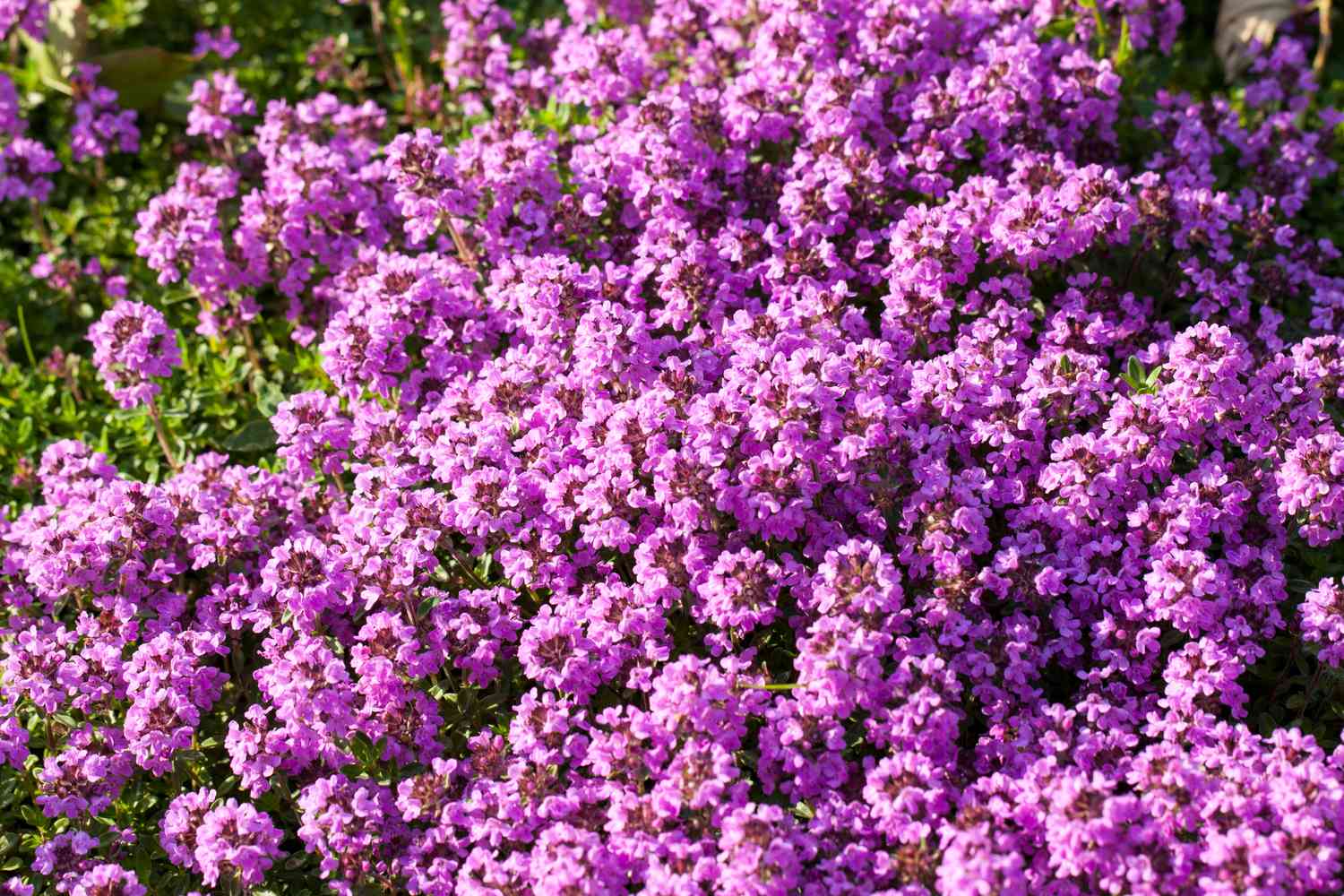
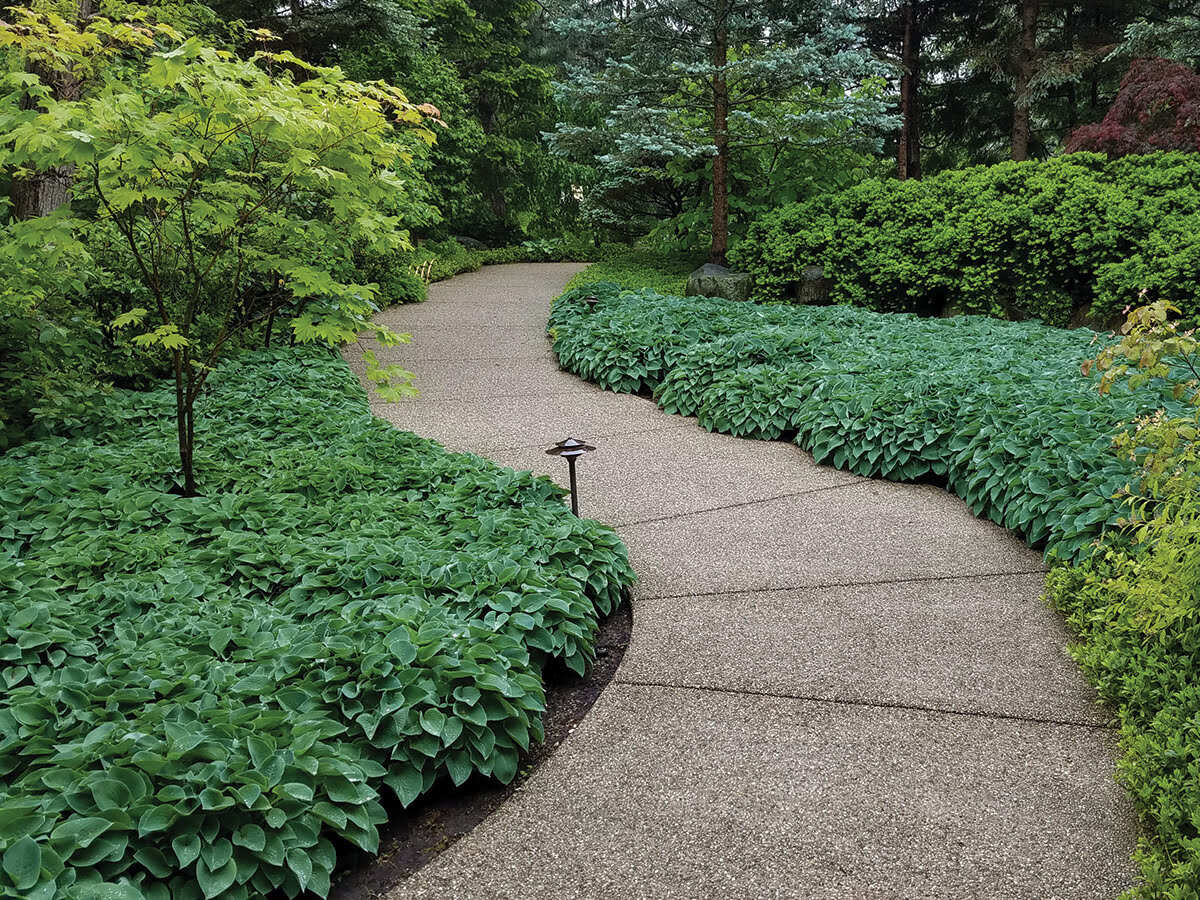

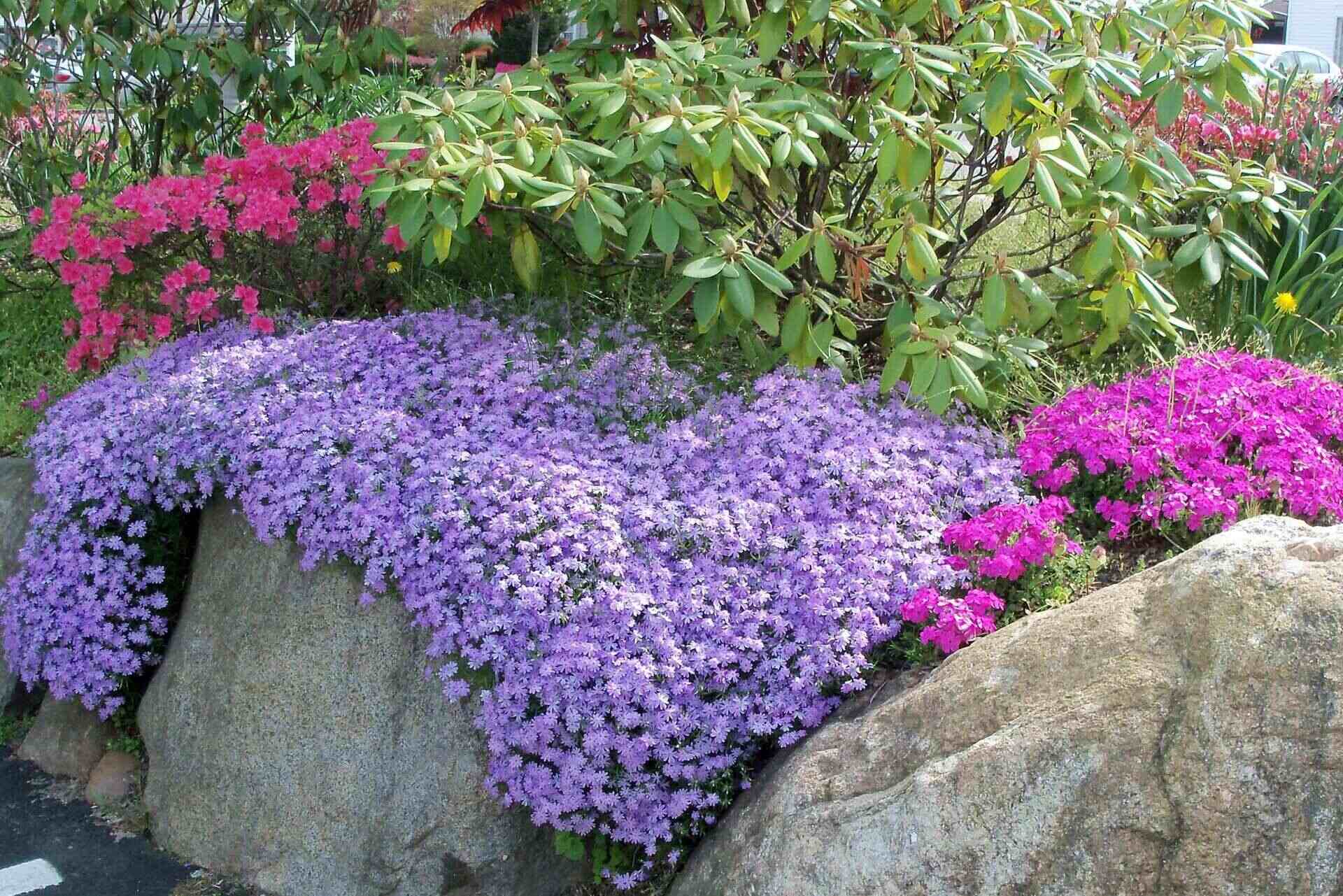
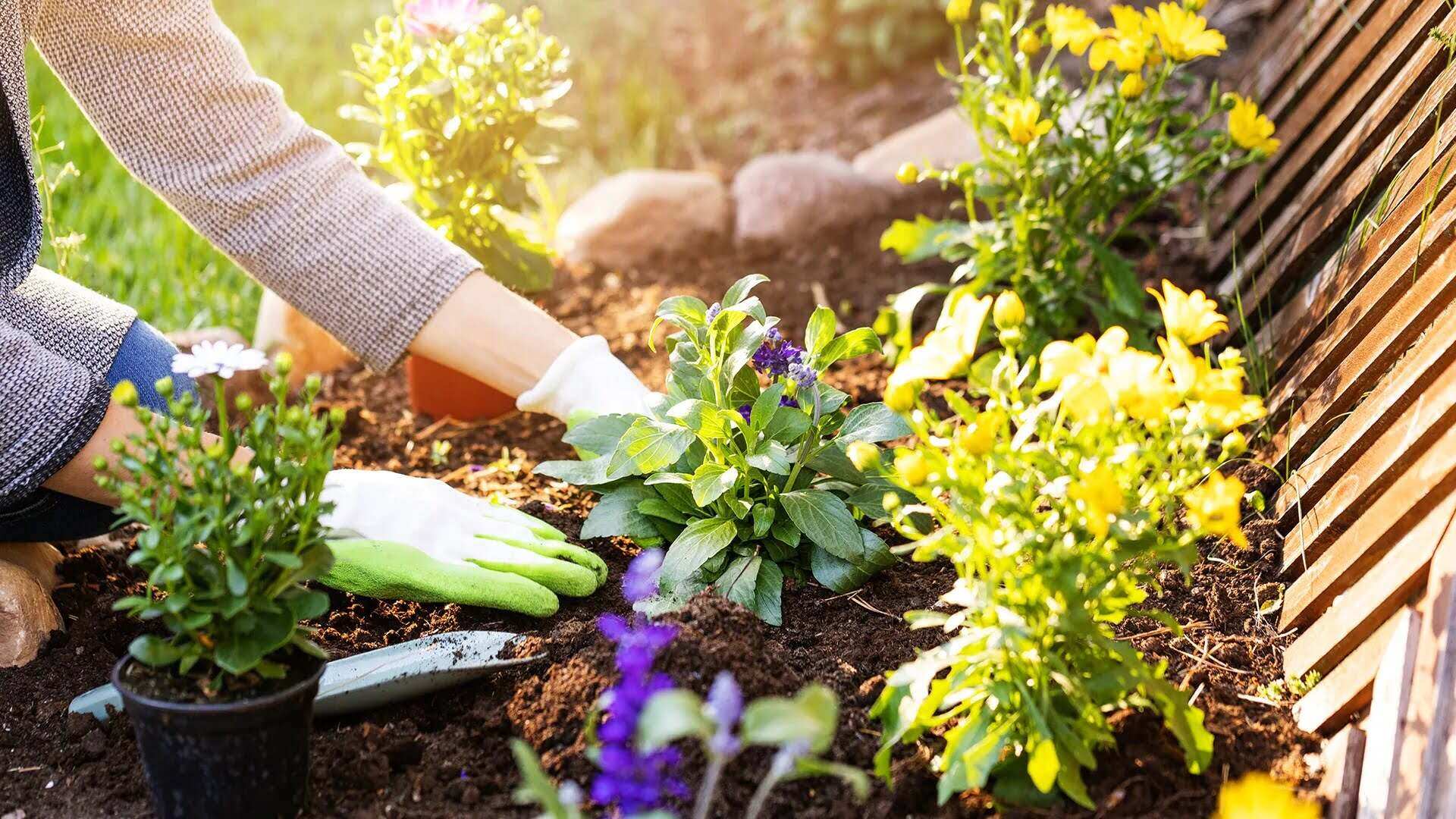
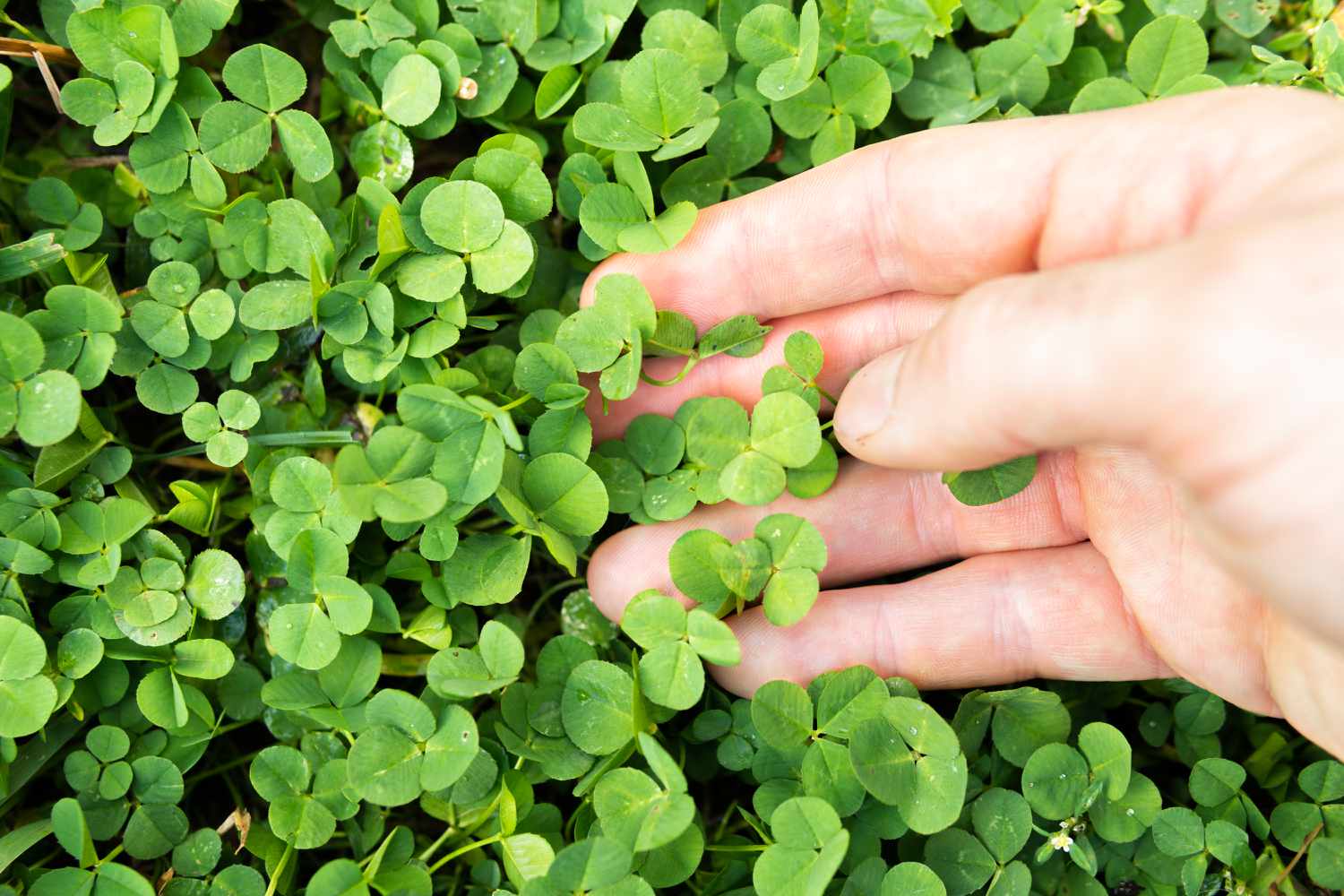
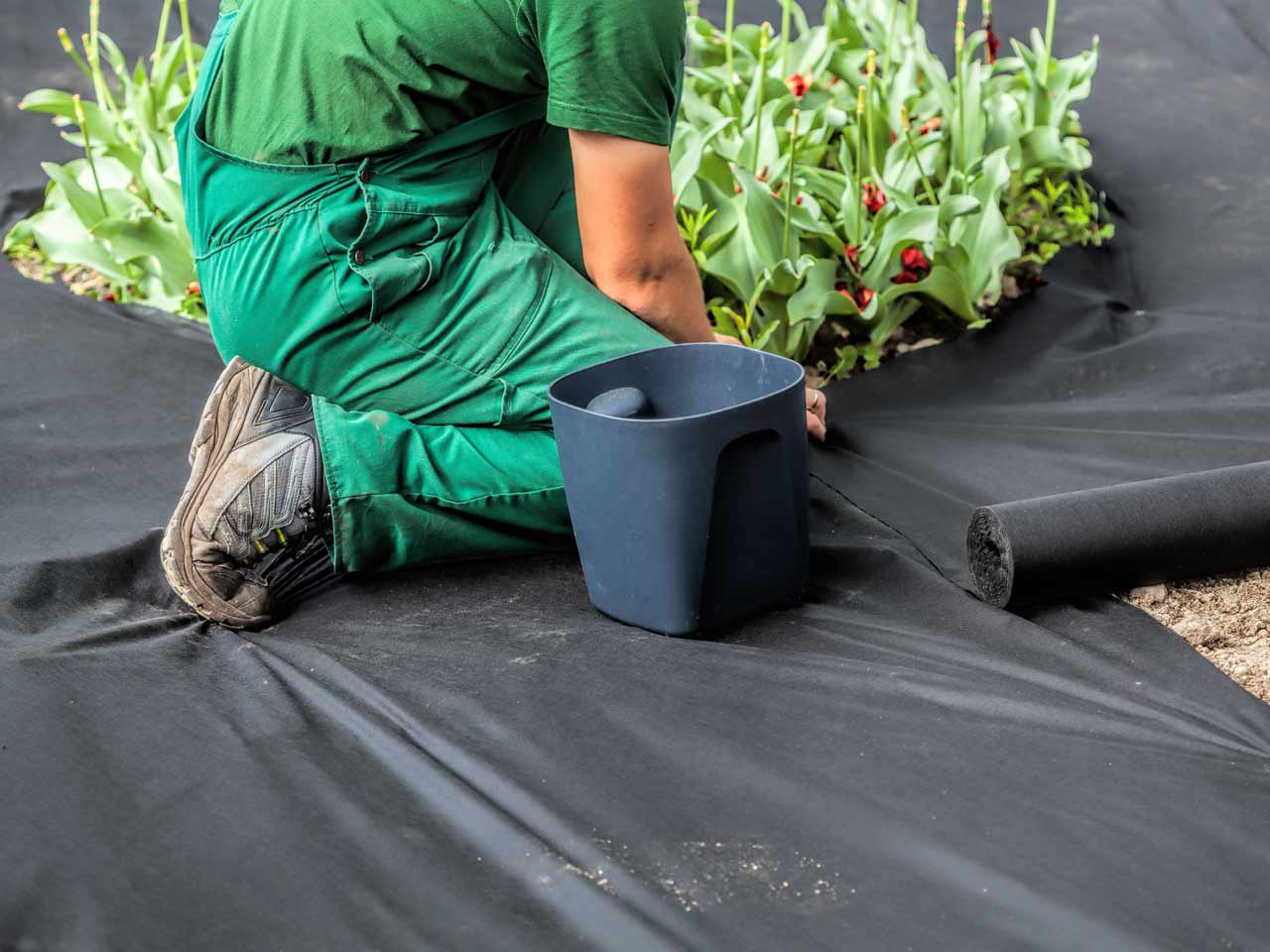
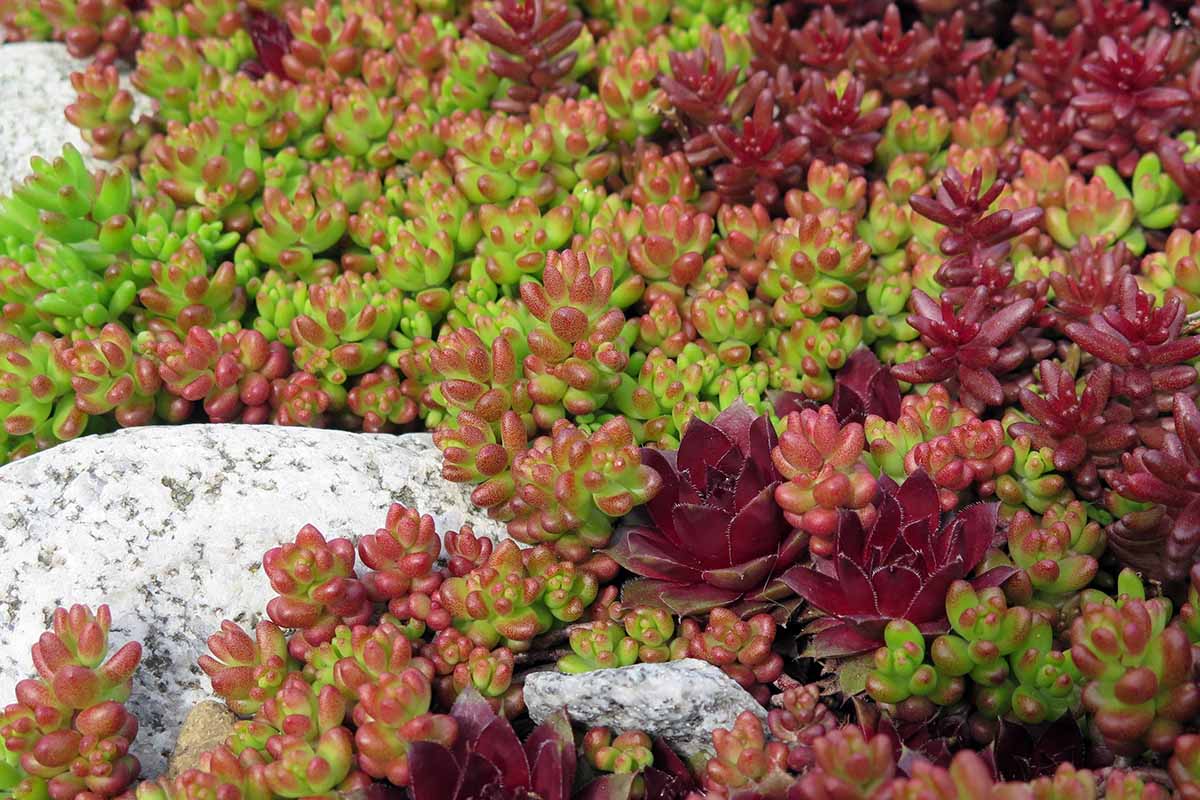
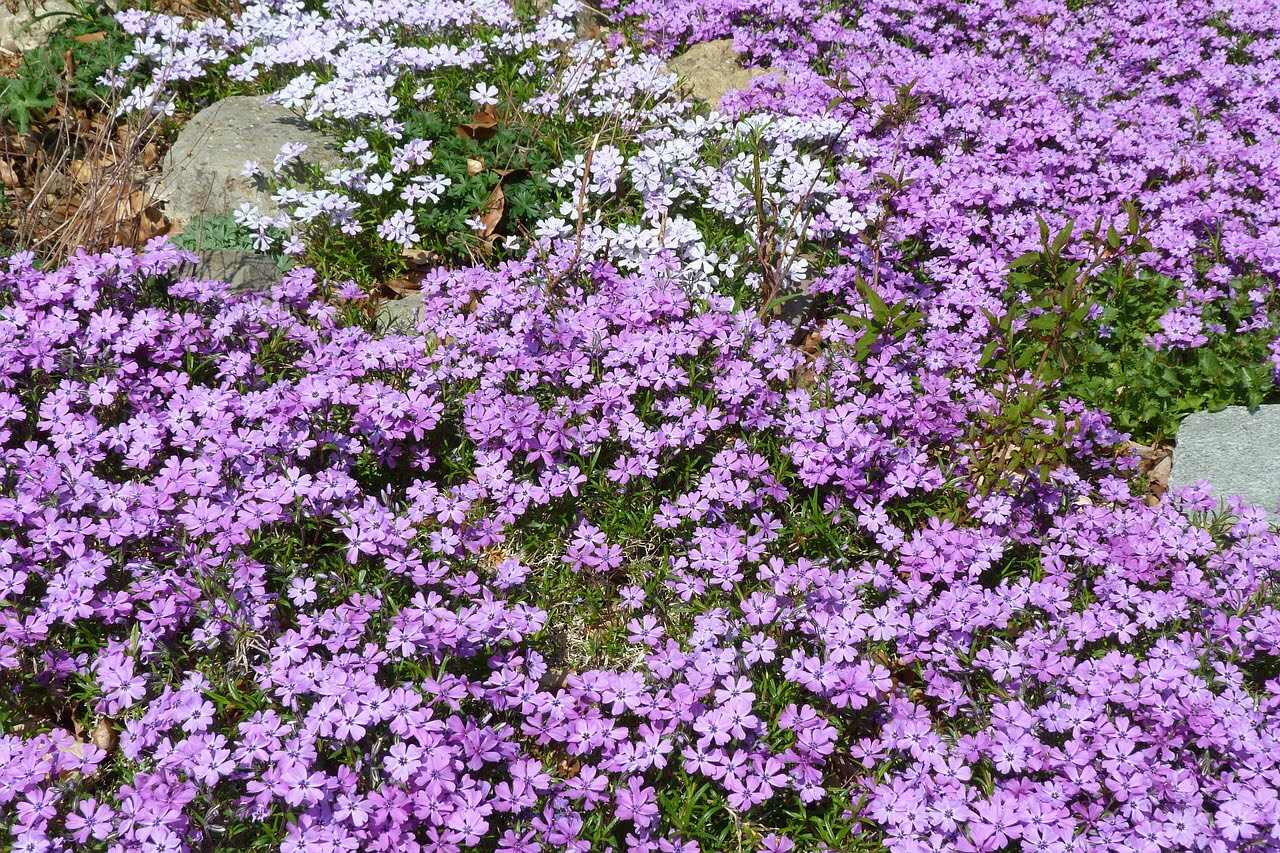
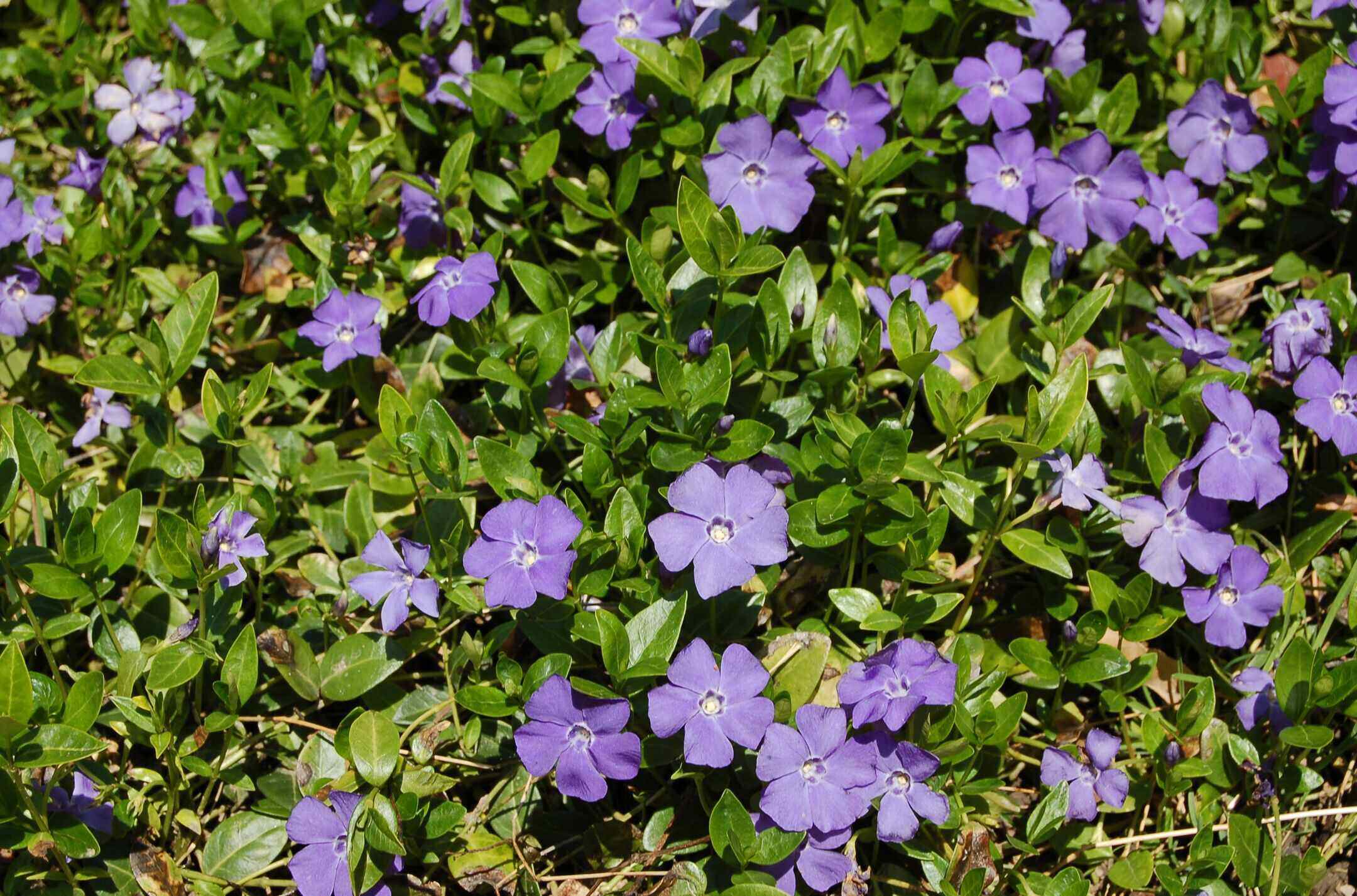
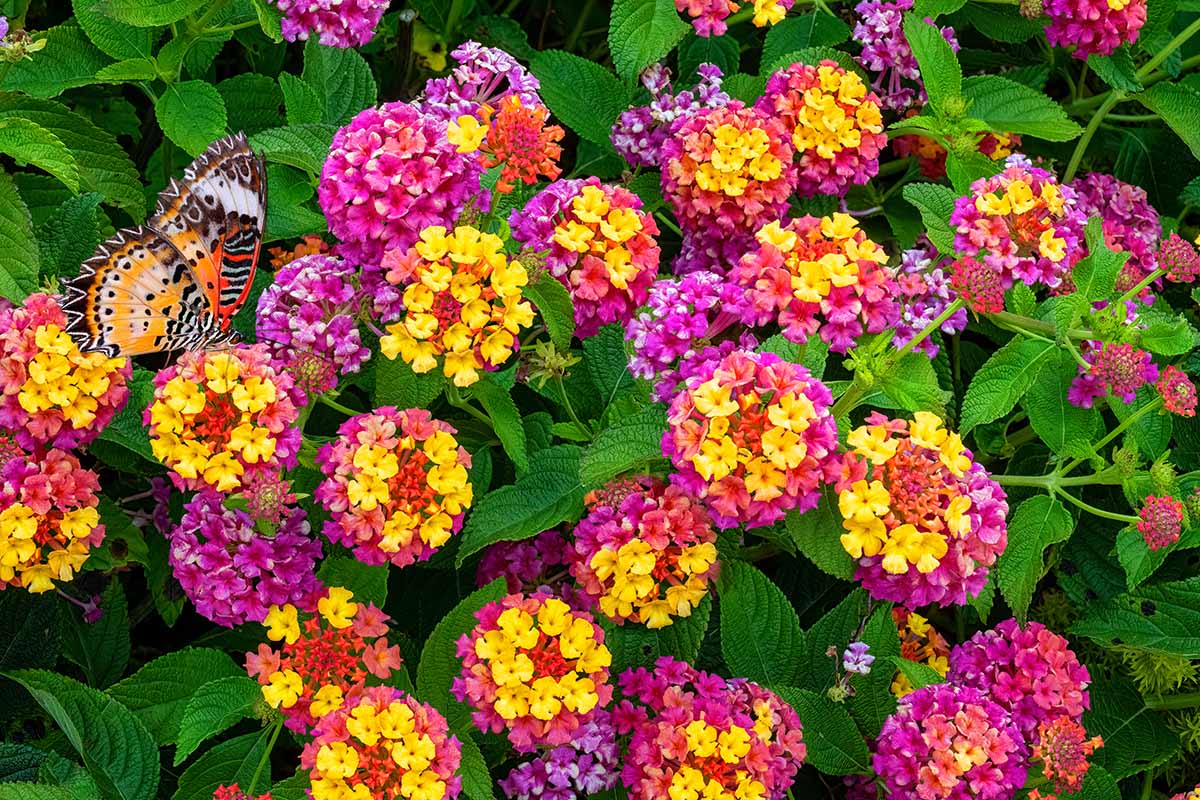
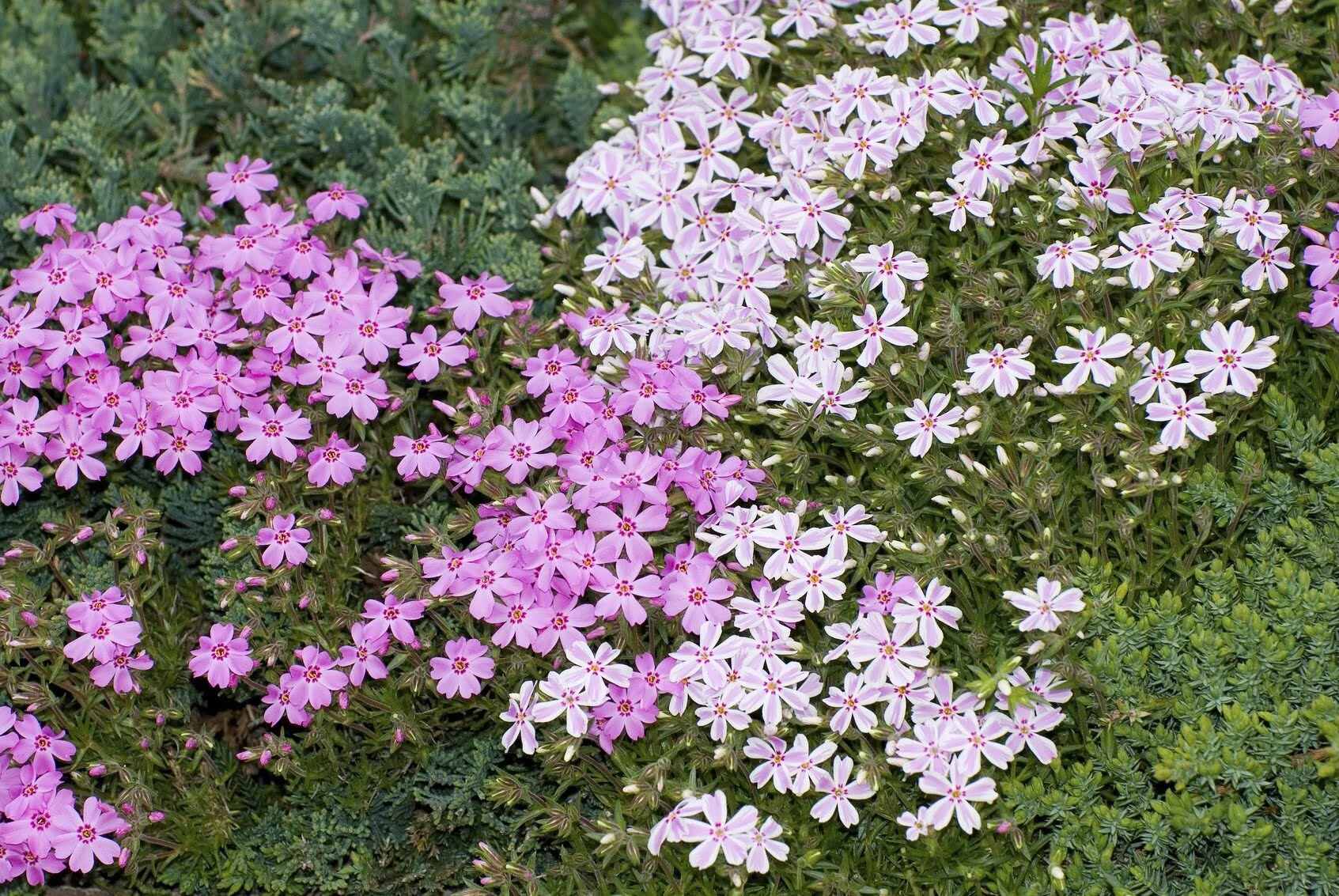

0 thoughts on “When To Plant Pachysandra Ground Cover”